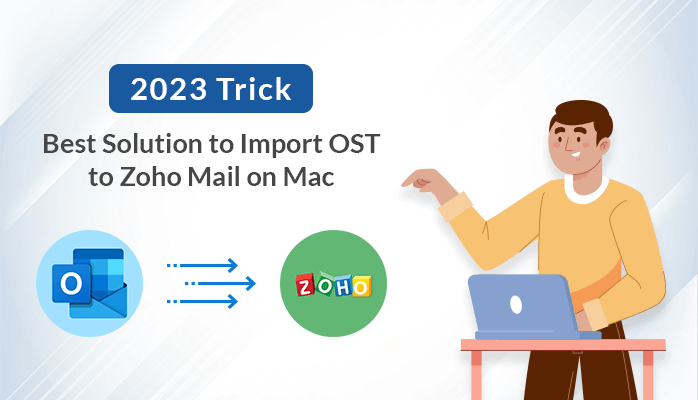Are you looking for ways to get more out of your money? With so many investment options available, it can be hard to know which one is best for you. But if you’re considering short-term investments with high returns, India has some really promising ones! In this article, we’ll discuss the different investment plans that offer high returns in India and how they work.
Introduction
When it comes to investments, there is no dearth of options in India. However, finding an investment plan with high returns can be a challenge.
There are many factors to consider when choosing an investment plan, such as your risk tolerance, investment goals, and time horizon.
If you’re looking for a short-term investment plan with high returns, there are a few options to consider.
Here are some of the best short-term investment plans in India with high returns:
1. Equity mutual funds:
Equity mutual funds are one of the most popular investment options in India. They offer the potential for high returns over the long term. However, they also come with higher risks than other investment options.
2. Fixed deposit:
A fixed deposit is a type of bank account where you can earn interest on your deposited amount. The interest rate on fixed deposits is usually higher than that of savings accounts. However, the returns from fixed deposits are not as high as those from equity mutual funds.
3. National Savings Certificates (NSCs):
NSCs are government-backed savings certificates that offer guaranteed returns. The interest rate on NSCs is currently 7%. The maturity period for NSCs is 5 years, after which you can withdraw your money with the interest earned.
4. Public Provident Fund (PPF):
PPF is another government-backed savings scheme that offers guaranteed returns. The current interest rate on PP
Why Invest in Short Term Plans?
When it comes to investment, most people think of long-term plans such as stocks, real estate or mutual funds. However, there are also short-term investment options that can be just as profitable. Here are some reasons why you should consider investing in a short-term plan:
1. Short-term investments tend to be less risky than long-term investments. This is because they are not subject to the same market fluctuations and can be cashed out more quickly if needed.
2. Short-term investments can offer higher returns than long-term investments. This is because they provide the opportunity to invest in high-growth industries or sectors.
3. Short-term investments can be more flexible than long-term investments. This means that you can adjust your investment strategy as market conditions change.
4. Short-term investment plans can help you reach your financial goals quicker than long-term plans. This is because you can reinvest your profits into new opportunities more rapidly.
5. Short-term investment plans can provide liquidity in an emergency situation. This means that you have quick access to cash if you need it for unexpected expenses or unforeseen circumstances.
Types of Short Term Investment Plans
There are different types of short term investment plans available in India, each with its own set of features and benefits. Some of the most popular short term investment plans include:
1. Fixed Deposits:
One of the most popular and safe short term investment options, fixed deposits offer guaranteed returns and are relatively low-risk. They can be opened with banks, NBFCs, and post offices, and offer flexible tenures ranging from 7 days to 10 years.
2. Recurring Deposits:
Another popular option for short term investments, recurring deposits also offer guaranteed returns. They can be opened with banks and typically have a tenure of 1 to 5 years. The main difference between fixed deposits and recurring deposits is that the latter allows you to make smaller monthly deposits instead of one lump sum deposit.
3. Public Provident Fund:
A government-backed scheme, the Public Provident Fund offers excellent returns along with complete safety. It has a minimum tenure of 15 years but can be extended up to 20 years, making it ideal for long term goals as well.
4. Sukanya Samriddhi Yojana:
A great option for parents looking to invest for their daughter’s future, the Sukanya Samriddhi Yojana offers attractive interest rates and tax benefits. The account can be opened from the time your daughter is born until she turns 10 years old, and has to be maintained for a minimum period of 21 years.
How to Choose the Best Plan for You?
When it comes to choosing the best short term investment plan, there are a few things you need to take into account. First, you need to decide what your goals are. Are you looking to save for a specific goal, such as a down payment on a house or retirement? Or are you simply looking to grow your money over time?
Once you know what your goals are, you can start researching different investment options. There are plenty of short term investment plans with high returns available in India. However, not all of them will be right for you. You’ll need to compare different plans and make sure that they fit your goals and risk tolerance.
Finally, don’t forget to consider the fees associated with each investment option. While some plans may have higher fees than others, they may also offer better returns. It’s important to weigh all of these factors before making a decision.
Important Features of a Short Term Investment Plan
When it comes to short term investment plans, there are a few key features to look for that can make all the difference in terms of returns. First and foremost, you want to find an investment plan with a high rate of return. This is especially important if you are looking to invest for a shorter period of time, as you want to make the most of your money.
Another important feature to look for is flexibility. You want to be able to withdraw your money when you need it, without any penalties. This is especially important if you are investing for a specific goal, such as a down payment on a house or saving for retirement.
Finally, you want to find an investment plan that charges low fees. This will help you keep more of your money in your pocket and increase your overall returns.
Dividend and Interest on Investments
Investing in stocks, bonds, and other securities can offer great returns, but it’s important to remember that these investments can also fluctuate in value. In order to make the most of your investment dollars, it’s important to have a solid understanding of how these investment vehicles work.
One way to make money from stocks, bonds, and other securities is through dividends and interest payments. Dividends are payments made by a company to its shareholders, while interest is paid by a borrower to a lender. Both of these types of payments can offer investors a nice return on their investment.
However, it’s important to remember that dividends and interest payments are not guaranteed. They will fluctuate based on the underlying security’s performance. For example, if you own stock in a company that pays dividends, the amount of those dividends will go up or down based on the company’s profitability.
The same is true for interest payments on bonds; if the bond issuer experiences financial difficulties, the interest payments may be reduced or eliminated entirely.
Still, over the long run, dividend and interest payments can provide investors with a nice stream of income. And since they’re generally not as volatile as the stock market itself, they can be a good way to help diversify your portfolio and reduce your overall risk.
How Long Are Investments Held for?
When it comes to investments, there is no one-size-fits-all answer. The length of time you hold an investment depends on your financial goals and risk tolerance.
If you’re investing for the short term, you’ll want to look for investments with higher returns that can be cashed in relatively quickly. However, these types of investments tend to be more volatile, so you’ll need to be comfortable with a little bit of risk.
On the other hand, if you’re investing for the long term, you can afford to take a bit more risk since you have time to ride out any market ups and downs. These types of investments may not give you the highest returns in the short term, but they can provide stability and growth over the long haul.
The bottom line is that there is no right or wrong answer when it comes to how long to hold an investment. It all depends on your individual circumstances and what your financial goals are.
Conclusion
We hope that this article has given you a better understanding of some of the short-term investment plans available in India. With so many options to choose from, it can be difficult to know which one is best for your financial goals and needs. Do your research thoroughly and make sure you understand all the terms and conditions before investing in any plan. With proper planning and careful decision making, you can make sound investments with high returns that provide financial security now and into the future.








